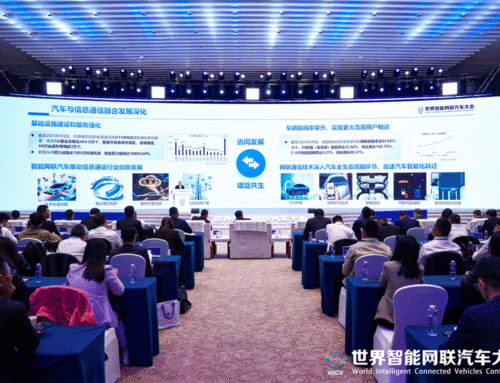On August 26, 2024, China’s Ministry of Industry and Information Technology (MIIT) and the Standardization Administration of China (SAC) jointly released the Guidelines for the Construction of the Internet of Things (IoT) Standard System – 2024 Version (referred to as the Guidelines). This document aligns with the Implementation Plan for the Leading Engineering of Standardization in New Industries (2023-2035) and outlines a comprehensive framework for IoT standardization in China. The key takeaways are summarized below.
Completion of the IoT Standard System Framework. According to the Guidelines, the IoT standard system consists of four major components: basic standards, technical standards, construction and operation/maintenance standards, and application standards. The technical standards encompass a wide array of technologies, including sensing, network and communication, data processing, fusion, radio frequency and electromagnetic compatibility, edge computing, IoT operating systems, and digital twin technologies. By 2025, China aims to develop over 30 new national and sector standards, while contributing to more than 10 international standards in this field.
The Guidelines also provide detailed specifications on various aspects of IoT standardization. For instance, in the field of edge computing, the standards will cover IoT-related edge data collection and processing, edge devices, edge platforms, as well as cloud-edge-end collaboration. These standards will address general requirements for edge computing, including data interface, data management, resource allocation and collaboration, edge nodes, gateways, controllers, and edge intelligence.
Ongoing IoT Standardization Efforts. While the Guidelines set future goals, IoT standardization in China is already progressing. Several standards have been published, including GB/T 41780.1-2022: Internet of Things – Edge Computing – Part 1: General Requirements, and GB/T 41780.2-2024: Internet of Things – Edge Computing – Part 2: Data Management Requirements. Other standard projects, such as Internet of Things – Edge Computing – Part 3: Node Interface Requirements, and Part 4: Node Technical Requirements, are currently in draft stage for public comments.
Emphasis on International Collaboration. The Guidelines emphasize the importance of international cooperation, underscoring the need to adopt and align with global IoT standards. China aims to enhance the consistency of key indicators between domestic and international standards and will actively participate in international standardization activities through platforms like ISO, IEC, and ITU.
Complexities of IoT Standardization. Given the vast range of technical fields involved in IoT, keeping track of related standards is a time-consuming process. Foreign stakeholders interested in monitoring IoT developments should follow multiple technical committees, such as SAC/TC 28 (Information Technology) and SAC/TC 485 (Communication). Among them, of particular importance is SAC/TC28/SC41, established in 2019 to focus on IoT and mirroring the work of ISO/IEC JTC 1/SC 41. This technical committee, whose secretariat is hosted by the China Electronics Standardization Institute, is responsible for developing and revising basic and generic IoT standards, covering areas such as architecture, terminology, data processing, interoperability, sensor networks, as well as testing and evaluation. As of April 2024, the SAC/TC28/SC41 had established six working groups, including basic and supporting working group (WG 1), network communication working group (WG 2), application working group (WG 3), digital twin working group (WG 4), trustworthy IoT research group (SG 7), and an advisory working group for processing the mirroring work of international activities (AG).
In conclusion, the Guidelines provide a clear roadmap for the development and adoption of IoT standards in China, highlighting both domestic advancements and international collaboration. For foreign stakeholders, staying informed about these standards will be crucial to navigating China’s evolving IoT standardization landscape effectively.
Figure 1: The Standard System of Internet of Things





